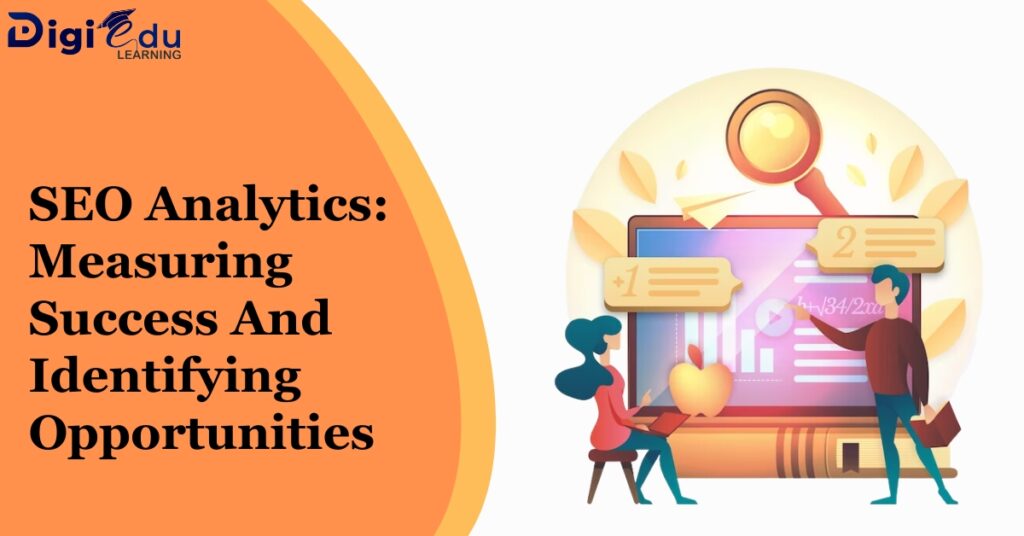The Role Of Chatbots In Digital Marketing: Benefits And Best Practices
In recent years, chatbots have become increasingly popular in Digital Marketing. These artificial intelligence (AI) programs are designed to simulate human conversation and can be used to engage with customers, answer their queries, and provide personalized recommendations. In this blog post, we’ll explore the benefits of chatbots in digital marketing and give some best practices for implementing them effectively.
What Are Chatbots?
A chatbot is a computer program aimed to simulate human conversation. It can provide information, answer questions, and even perform basic tasks such as booking appointments or making reservations. Chatbots can be unified into messaging platforms, websites, or mobile apps, making access easy.
Benefits Of Chatbots In Digital Marketing
1. 24/7 Availability
Chatbots can provide 24/7 availability. Unlike human agents, chatbots can handle unlimited queries and are always available to assist. This can help to improve customer satisfaction and reduce response times.
Customers expect instant gratification in today’s fast-paced world; chatbots can provide this by being available anytime or at night. Without human intervention, they can quickly and accurately respond to common queries like order tracking or product information. This improves the customer experience and frees human agents to handle more complex questions.
2. Personalized Recommendations
Chatbots can be planned to provide personalized recommendations based on user preferences and behaviour. For example, a chatbot integrated into an e-commerce website can recommend products based on the user’s browsing or purchase history. This can help to increase sales and improve customer engagement.
Personalization is vital in today’s marketing landscape. Customers are inundated with generic marketing messages and are more likely to attract brands that provide personalized experiences. Chatbots can analyze customer data to provide customized recommendations, leading to higher conversion rates and customer loyalty.
3. Cost-Effective
Chatbots are much more cost effective than hiring a team of human agents to handle customer queries. They require minimal maintenance and can take unlimited questions simultaneously, reducing the need for additional resources.
Hiring and training human agents can be costly and time-consuming. Chatbots can simultaneously handle many queries, saving businesses money in the long run. They can also be programmed to address various questions, reducing the need for specialized agents.
4. Improved Customer Engagement
Chatbots can help to improve customer engagement by providing personalized recommendations and answering queries in real time. This can help build customer trust and loyalty, increasing sales and enhancing brand reputation.
Customers expect businesses to be available and responsive on multiple channels. Chatbots can provide a seamless and personalized experience on messaging platforms, websites, and mobile apps. They can also handle real-time queries, improving the customer experience and building trust.
Best Practices For Implementing Chatbots
1. Define Your Goals
Before implementing a chatbot, defining your goals and objectives is essential. What do you want the chatbot to achieve? How will it benefit your business? Defining clear goals and objectives can ensure that your chatbot is aligned with your overall digital marketing strategy.
To define your goals, start by considering your target audience. What are their needs and pain points? How can a chatbot help address these needs? Once you have a clear understanding of your target audience, consider the specific benefits that a chatbot can offer your business. For example, a chatbot could reduce response times, improve customer engagement, and increase sales.
Once you have defined your goals and objectives, ensure they are communicated to all stakeholders in the chatbot implementation process. This can help ensure everyone is on the same page and working towards the same goals.
2. Choose The Right Platform
Many different platforms can be used to implement chatbots, including messaging apps, websites, and mobile apps. Choosing the right platform based on your target audience and business goals is essential.
For example, if your target audience primarily uses messaging apps such as WhatsApp or Facebook Messenger, integrating a chatbot into these platforms could be a good option. Alternatively, incorporating a chatbot into your website could be more effective if your business relies heavily on website traffic.
When choosing a platform, it’s also essential to consider the technical requirements of integrating a chatbot. Ensure your chosen platform supports the programming language and tools required to build and integrate a chatbot.
3. Keep it Simple
When designing your chatbot, it’s essential to keep it simple and user-friendly. Use precise language and avoid technical jargon or complex terminology. This can help to improve user engagement and reduce the risk of confusion or frustration.
To keep your chatbot simple and user-friendly, consider the following tips:
- Use simple language and avoid complex terminology
- Keep the chatbot responses short and to the point
- Use clear and concise messaging to guide the user through the conversation
- Provide clear instructions for the user to follow.
Keeping your chatbot simple and user-friendly can ensure a positive user experience.
4. Test And Iterate
Like any Digital Marketing tool, testing and iterating your chatbot to ensure it meets your business goals and objectives is essential. Monitor user behaviour and feedback, and adjust to improve the user experience.
To test and iterate your chatbot, consider the following steps:
- Define key performance indicators (KPIs) to measure the success of your chatbot
- Test the chatbot with a small group of users to gather feedback and identify any issues
- Use A/B testing to compare different chatbot designs and messaging
- Analyze user feedback and behavior to identify areas for improvement
By testing and iterating your chatbot, you can ensure that it delivers the desired results and meets the needs of your target audience.
Conclusion
Chatbots can be a valuable addition to any digital marketing strategy. By following best practices such as defining clear goals, choosing the right platform, keeping it simple, and testing and iterating, businesses can effectively implement chatbots and reap their benefits.
At Digi Edu Learning, we understand the importance of staying up-to-date with the latest digital marketing trends and technologies, including chatbots. Our digital marketing training programs equip our students with the knowledge and skills to implement effective digital marketing strategies, including chatbots. With our expert guidance, you can take your digital marketing efforts to the next level and achieve your business goals.





